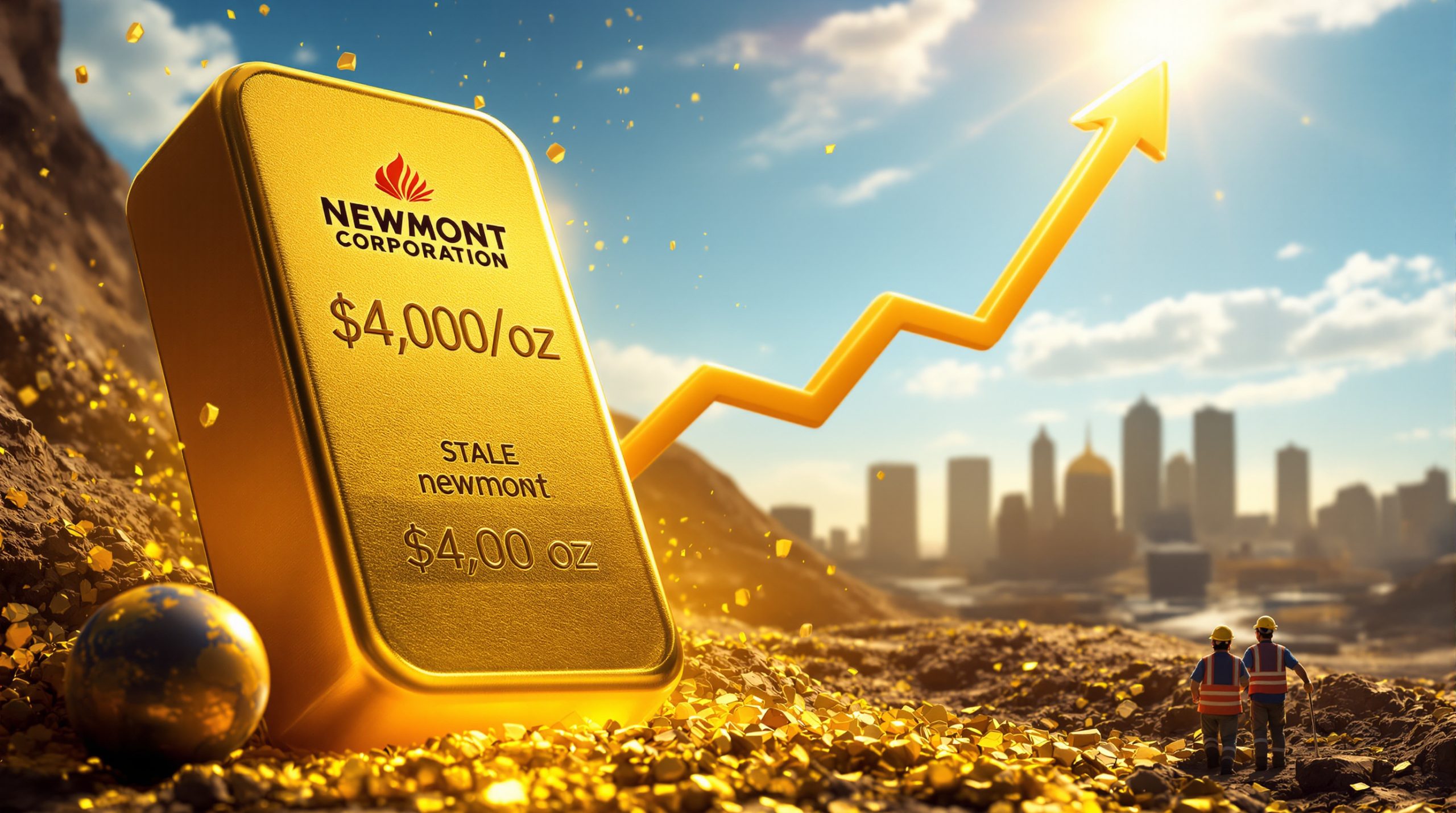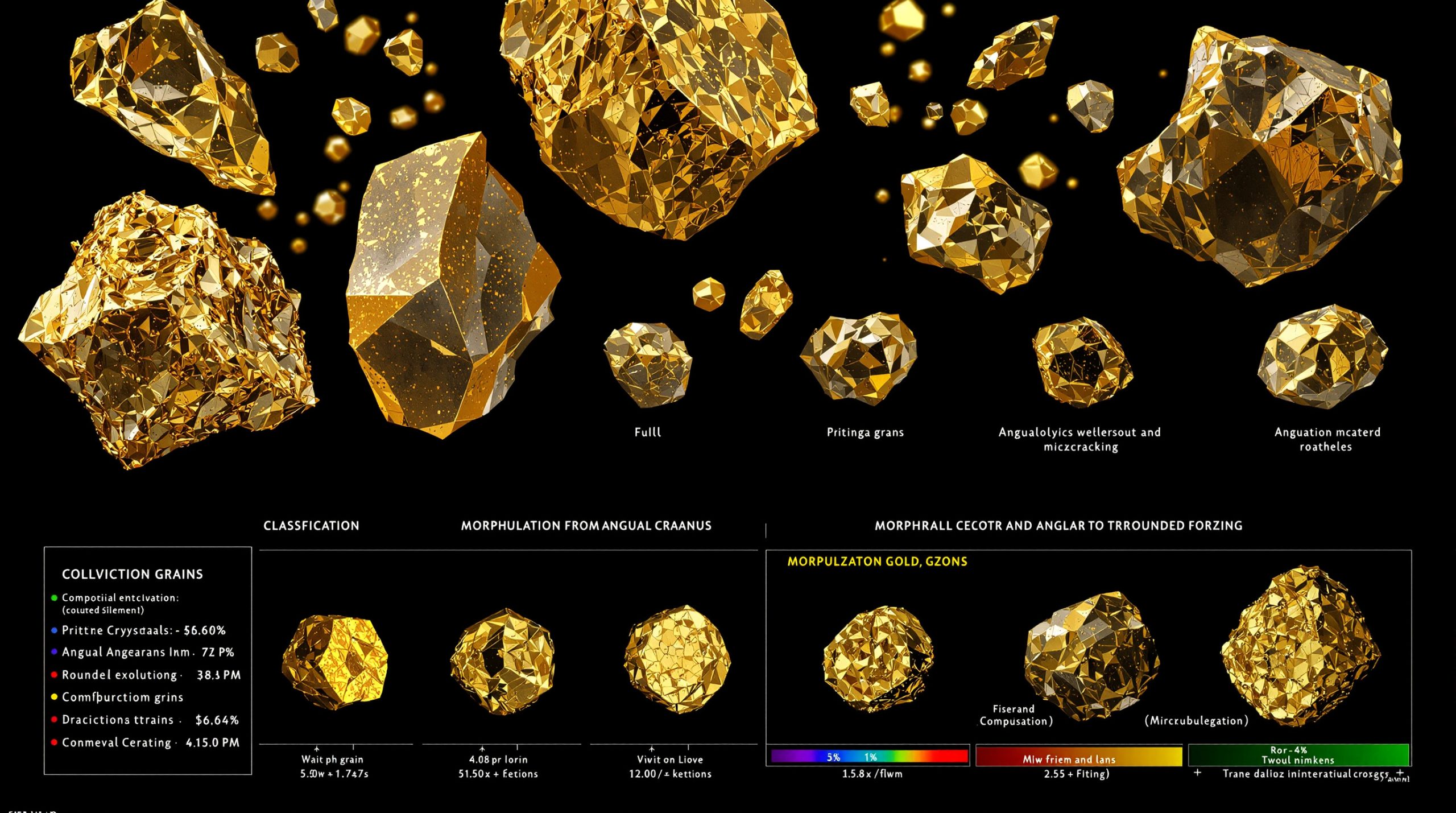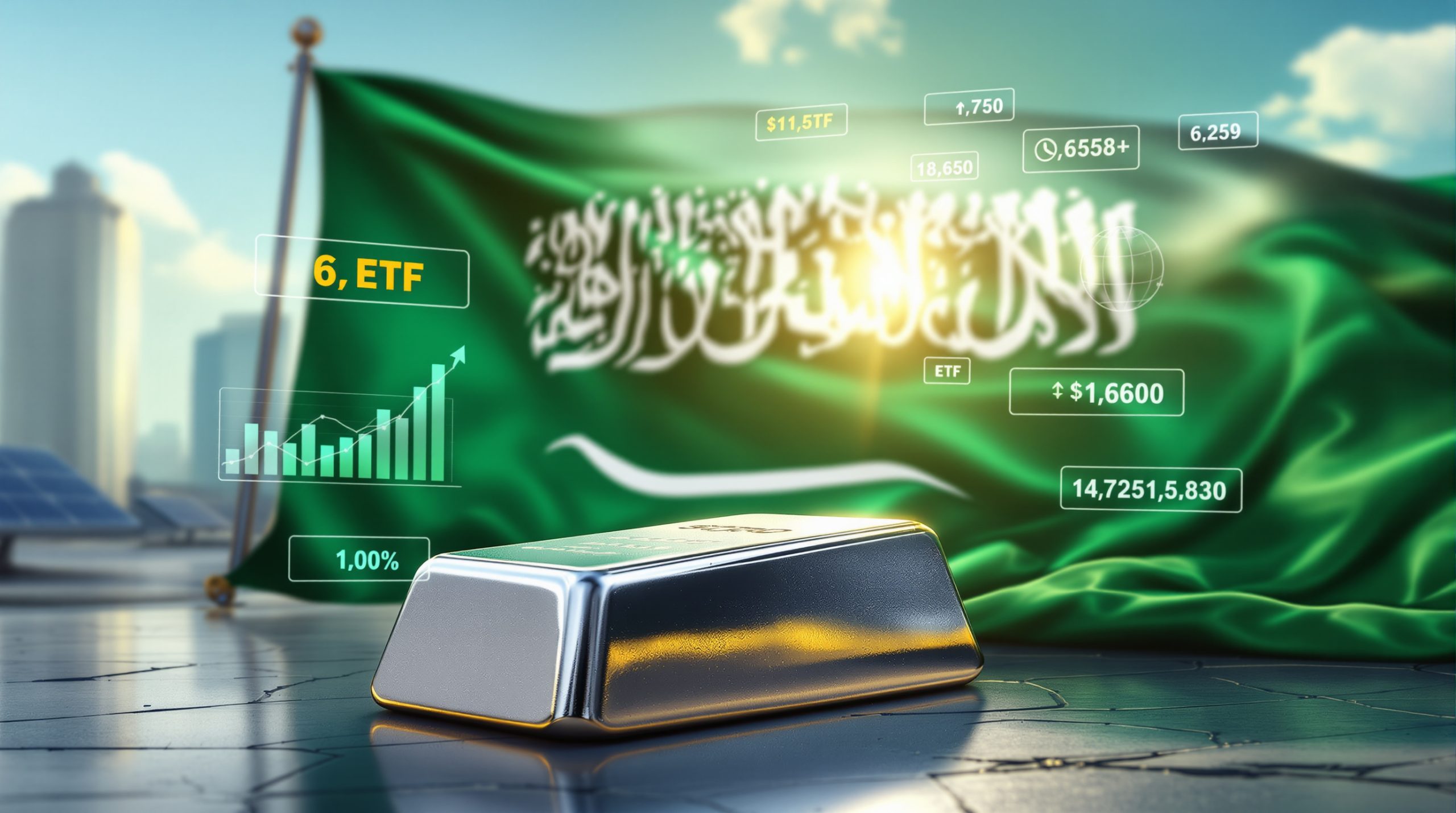What Are Chile's Current Lithium Reserves?
New Research Reveals Larger Reserves
Chile's total lithium resources are now estimated to be 28% greater than previously thought, according to groundbreaking research conducted by Chile's state mining company ENAMI. This significant upward revision fundamentally changes global lithium supply projections at a critical time for battery mineral markets.
The comprehensive study, which focused on salt flats in the northern Antofagasta region, discovered higher concentrations of the metal than earlier assessments had identified. Using advanced geological surveys and brine sampling techniques, ENAMI geologists were able to validate the presence of previously unquantified lithium-rich deposits.
"These findings represent not just a statistical adjustment, but a strategic repositioning of Chile in the global energy transition landscape," stated ENAMI's technical director in a recent announcement. "The revised estimates position Chile as a critical player in meeting global lithium demand for decades to come."
Chile's Position in Global Lithium Reserves
Chile has historically ranked among the world's top lithium producers alongside Australia and China, forming part of the "Lithium Triangle" with Argentina and Bolivia. Together, these three South American nations hold approximately 58% of global lithium resources, with Chile's contribution now significantly larger than previously documented.
The country's lithium wealth is primarily concentrated in salt flats (salares) within the Atacama Desert, home to some of the highest-grade lithium brines globally. What makes Chilean deposits particularly valuable is their exceptional quality—featuring low impurity levels and high lithium concentrations that enable more cost-effective extraction compared to hard-rock sources found in Australia.
This quality advantage, combined with the newly confirmed expanded reserves, strengthens Chile's strategic position in the global electric vehicle (EV) and battery supply chain. Industry analysts note that battery manufacturers prioritize Chilean lithium for premium applications due to its purity advantages.
At current production rates, Chile and lithium reserves could potentially sustain operations for over a century, though actual lifespans will depend on extraction technologies, recovery rates, and global demand growth trajectories.
How Does Chile Extract Its Lithium Resources?
Brine Extraction Methods
Chile primarily obtains its lithium through a distinctive solar evaporation process that capitalizes on the Atacama Desert's unique environmental conditions. The method begins when lithium-rich brine is pumped from beneath salt flats into large, shallow evaporation ponds that stretch across the desert landscape.
The extraction process relies on the region's exceptional natural advantages: intense solar radiation (among the highest globally), extremely low humidity, and minimal rainfall. These conditions create an ideal natural evaporation environment unavailable in most lithium-producing regions worldwide.
The brine remains in these massive ponds for 12-18 months while solar evaporation gradually concentrates the lithium content. During this period, the brine undergoes a carefully managed precipitation sequence where other minerals like potassium, boron, and magnesium crystallize and are removed at specific concentration points.
Once the lithium concentration reaches optimal levels (typically 6%), the concentrated solution undergoes further processing at treatment plants where lithium carbonate or lithium hydroxide is produced for battery applications. The entire process, while time-intensive, requires minimal energy input compared to hard-rock lithium extraction methods.
Environmental Considerations
The environmental footprint of Chile's lithium production presents significant mining ESG challenges. Brine extraction consumes substantial water resources—estimated at approximately 500,000 liters per metric ton of lithium produced—in one of Earth's driest regions. This water usage creates tension between mining operations and local communities, particularly indigenous groups with ancestral rights to the region's scarce water resources.
"The Atacama's fragile ecosystem faces unprecedented pressure as lithium demand accelerates," explains Dr. Carolina Martínez, an environmental scientist monitoring the region. "We're seeing measurable impacts on flamingo populations and wetland health in areas adjacent to extraction operations."
In response to mounting environmental concerns, several technological innovations are being explored. Direct lithium extraction technologies promise to reduce water consumption by up to 70% while accelerating production timeframes from years to days. Albemarle's "Dry Works" initiative represents one such pilot project, showcasing the industry's growing recognition of sustainability imperatives.
Chilean regulators have also implemented increasingly stringent water management requirements, mandating water recycling rates of at least 65% for new projects and requiring detailed hydrological modeling before expansions are approved.
Who Controls Chile's Lithium Production?
Key Industry Players
Chile's lithium production landscape is dominated by two major companies that together control approximately 80% of the country's output. SQM (Sociedad Química y Minera de Chile) stands as the nation's largest lithium producer with extensive operations in the Salar de Atacama. Founded in 1968, the company has evolved from a traditional fertilizer producer to a global lithium powerhouse.
Albemarle Corporation, a U.S.-based specialty chemicals giant, represents the second major player in Chile's lithium industry. After acquiring Rockwood Holdings in 2015, Albemarle secured significant Chilean operations and has subsequently expanded its production capacity through multibillion-dollar investments.
ENAMI (National Mining Company of Chile), the state-owned entity responsible for conducting the recent resource studies, plays a strategic oversight role in the sector. While not currently a major producer itself, ENAMI manages approximately 20% of lithium concessions and has signaled intentions to increase direct participation in production through new public-private partnership models.
"These partnerships represent a balanced approach that preserves Chile's sovereign interests while accessing private sector expertise and capital," explained Chile's Mining Minister in a recent policy address outlining the country's mineral strategy.
Government Regulation and Policy
Chile maintains one of the world's most distinctive regulatory frameworks for lithium, classifying it as a "strategic resource" rather than a conventional mineral. This special status, established in 1979 and reinforced by subsequent legislation, provides the government with extraordinary oversight regarding who can extract lithium and under what conditions.
Until recently, the government had severely limited new concessions, effectively creating a duopoly in the sector. This restrictive approach was designed to prevent over-exploitation while maintaining state control over a resource increasingly viewed as critical to energy transition.
Recent policy shifts under the current administration aim to increase production capacity while strengthening environmental safeguards. The government has introduced a novel quota system where producers receive extraction allowances based on water availability and environmental impact assessments rather than simple property rights.
Additionally, Chile has begun implementing a more sophisticated royalty structure that scales payments based on both production volumes and market prices, ensuring the public captures a larger share of windfall profits during price surges.
What Impact Will Increased Reserves Have on Global Lithium Markets?
Supply and Demand Implications
The 28% increase in Chile's estimated lithium reserves introduces a significant variable into global supply projections at a critical juncture in market development. With global lithium market trends projecting demand to grow at approximately 20% annually through 2030, driven primarily by EV battery production, supply adequacy concerns have dominated industry discussions.
Chile's expanded reserves could potentially contribute an additional 200,000-300,000 metric tons of lithium carbonate equivalent (LCE) annually by 2030, representing approximately 15% of projected global demand. This additional supply capacity arrives as battery manufacturers and automakers scramble to secure long-term supply agreements.
The timing of this revelation coincides with rapid production capacity expansion by major EV manufacturers. Tesla's Terafactory initiatives and similar scaling efforts by traditional automakers like Volkswagen and GM have created unprecedented demand certainty for lithium producers.
"Chile's reserve expansion fundamentally changes the medium-term supply outlook," notes a senior BloombergNEF analyst. "It potentially relieves supply bottleneck concerns that have driven price volatility over the past three years."
Investment Opportunities
The confirmed expansion of Chile's lithium reserves creates multiple investment vectors across the mineral value chain. Companies with existing Chilean operations stand to benefit most immediately, with SQM and Albemarle both positioned to leverage their established infrastructure and regulatory relationships to access newly recognized resources.
The lithium ETF market, led by instruments like Global X Lithium & Battery Tech ETF (LIT) and Amplify Lithium & Battery Technology ETF (BATT), offers diversified exposure to the sector for investors seeking reduced company-specific risk. These funds typically hold significant positions in Chilean producers alongside battery manufacturers and EV companies.
Junior mining companies may find new opportunities as Chile's regulatory environment evolves. Previously unavailable concessions might become accessible under new partnership models that pair established operators with exploration specialists. Companies like Lithium Americas Corp. have already signaled interest in expanding their South American operations beyond Argentina into Chile, including the Rincon lithium project.
Chilean financial markets have responded positively to the reserves announcement, with mining sector indices gaining approximately 3.5% in the weeks following the ENAMI findings. Foreign direct investment inquiries related to lithium projects have reportedly increased by over 40% year-over-year.
How Is Chile Balancing Economic Development and Sustainability?
Economic Benefits
Lithium mining has emerged as a critical contributor to Chile's economic development, accounting for approximately 2.1% of the country's GDP according to Central Bank figures. The sector generates approximately 10,000 direct jobs and supports tens of thousands more through auxiliary industries ranging from transportation to professional services.
Export revenue from lithium products reached $7.8 billion in 2023, making it Chile's fourth-largest export category behind copper, agricultural products, and forestry. The expanded reserves could potentially extend these economic benefits for decades longer than previously projected, creating intergenerational wealth opportunities.
Value-added processing represents a key economic development opportunity beyond raw material exports. Chile has begun incentivizing domestic refinement of lithium products through preferential tax treatment for facilities that produce battery-grade materials rather than raw lithium concentrates. Several cathode manufacturing joint ventures between Chilean and Asian companies are currently under development.
"Our national strategy aims to capture greater value from our mineral wealth by moving up the processing chain," explains Chile's Economic Development Minister. "We're transitioning from being mineral exporters to becoming energy transition partners."
Sustainability Challenges
Water usage remains the most critical sustainability challenge facing Chile's lithium industry. The Atacama Desert, while ideal for solar evaporation processes, is one of Earth's most water-stressed environments. Extraction operations currently consume approximately 65% of available water resources in some salares, creating direct competition with agricultural users and indigenous communities.
Modern extraction technologies offer promising pathways to reduce environmental impacts. Beyond DLE approaches, companies are implementing enhanced water recycling systems that achieve recovery rates exceeding 85%. Renewable energy integration has reduced the carbon footprint of processing facilities, with SQM committing to 100% renewable electricity by 2030.
Indigenous communities, particularly the Atacameño people, have raised concerns about environmental impacts beyond water consumption. Habitat disruption, infrastructure development, and increased industrial activity have altered traditional ways of life. In response, leading producers have established community development funds that finance education, healthcare, and cultural preservation initiatives.
Chile is developing sophisticated lithium production standards that exceed international requirements. The country's "Sustainable Lithium" certification program, currently in pilot phase, would establish verifiable benchmarks for water efficiency, carbon emissions, biodiversity protection, and community engagement throughout the lithium value chain.
What Are the Geopolitical Implications of Chile's Lithium Reserves?
Strategic Resource Control
Lithium has rapidly evolved from an industrial commodity to a strategic resource central to energy transition and technological sovereignty. Chile's expanded reserves significantly strengthen its position in global supply chain negotiations at a time when major economies are competing to secure battery mineral access.
The country is carefully leveraging its resource position to maximize both economic and diplomatic advantages. Recent trade delegations to Europe, North America, and Asia have explored preferential supply agreements that pair lithium access with technology transfer commitments and downstream investment.
Regional cooperation within the "Lithium Triangle" represents another strategic dimension. Chile, Argentina, and Bolivia have initiated preliminary discussions regarding coordinated production policies and shared technology development. While falling short of a formal cartel structure, this cooperation could create a powerful negotiating bloc controlling nearly 60% of global lithium resources.
"Chile's approach balances sovereignty with integration into global supply chains," notes a Center for Strategic and International Studies report. "Their model rejects both unrestricted foreign control and rigid resource nationalism in favor of strategic partnerships that preserve national interests."
International Relations
Chile's lithium reserves have transformed the country into a pivotal partner for nations seeking battery supply chain security. This position has attracted unprecedented diplomatic attention, with more than 30 countries establishing dedicated mineral security dialogues with Chilean authorities since 2020.
China has emerged as Chile's largest lithium customer, with Chinese firms holding approximately $2 billion in Chilean lithium assets. This relationship complements China's dominant position in lithium processing and battery manufacturing, creating integrated supply chains from Chilean brines to Chinese EV factories.
The United States has countered with its own lithium diplomacy initiatives. The U.S.-Chile Critical Minerals Security Partnership, established in 2022, provides preferential financing for projects that direct lithium exports to North American battery production. Similar agreements with European Union members have created competing supply channels.
Trade agreements increasingly feature detailed provisions related to critical minerals like lithium. The Chile-EU Association Agreement modernization negotiations currently underway include specific lithium trade protocols that balance export volumes with sustainability standards and technology sharing commitments.
Foreign investment in Chile's lithium sector must navigate complex national security considerations beyond purely economic factors. Chile's Foreign Investment Committee now conducts enhanced security reviews for lithium projects involving state-owned enterprises or companies from nations with territorial disputes in the region.
FAQ: Chile's Lithium Industry
What percentage of global lithium reserves does Chile hold?
With the new estimates, Chile now holds approximately 29% of global lithium reserves, up from about 23% in previous assessments. This places Chile second globally behind Bolivia and slightly ahead of Australia in terms of total resource potential, though Chile maintains advantages in extraction costs and resource quality.
How long will Chile's lithium reserves last at current production rates?
The 28% increase in estimated reserves extends the projected lifespan of Chile's lithium production significantly. At current extraction rates of approximately 140,000 tons annually, the reserves could theoretically last over 100 years. However, production is expected to increase substantially, potentially shortening this timeframe to 50-70 years depending on technological advances in extraction efficiency.
What companies are best positioned to benefit from Chile's expanded lithium reserves?
SQM and Albemarle, with their established infrastructure and regulatory relationships, are optimally positioned to capitalize on expanded reserves. ETFs like Global X Lithium & Battery Tech ETF (LIT) and Amplify Lithium & Battery Technology ETF (BATT) offer diversified exposure to the sector. Additionally, supply chain participants like Chinese battery manufacturers CATL and BYD stand to benefit from increased resource certainty.
How does Chile's lithium quality compare to other global sources?
Chile's lithium brines contain exceptionally high lithium concentrations (typically 1,000-1,500 mg/L) and low levels of problematic impurities like magnesium. This quality advantage makes Chilean lithium approximately 30-40% less expensive to process compared to Australian hard-rock sources. The high purity of Chilean lithium makes it particularly valuable for premium battery applications requiring consistent performance.
What technological innovations are improving lithium extraction in Chile?
Direct lithium extraction (DLE) technologies represent the most promising innovation, potentially reducing water consumption by 50-80% while accelerating production timeframes from years to days. Advanced membrane filtration systems, selective adsorption technologies, and electrodialysis approaches are being piloted at various Chilean operations. Additionally, satellite-based monitoring systems are enhancing brine management efficiency and environmental compliance verification.
Ready to Invest in the Next Major Lithium Discovery?
Discovery Alert's proprietary Discovery IQ model delivers instant notifications on significant ASX mineral discoveries, giving you the edge in spotting opportunities in lithium and other minerals before the market catches on. Understand why major mineral discoveries like these can lead to substantial returns by visiting Discovery Alert's dedicated discoveries page.




